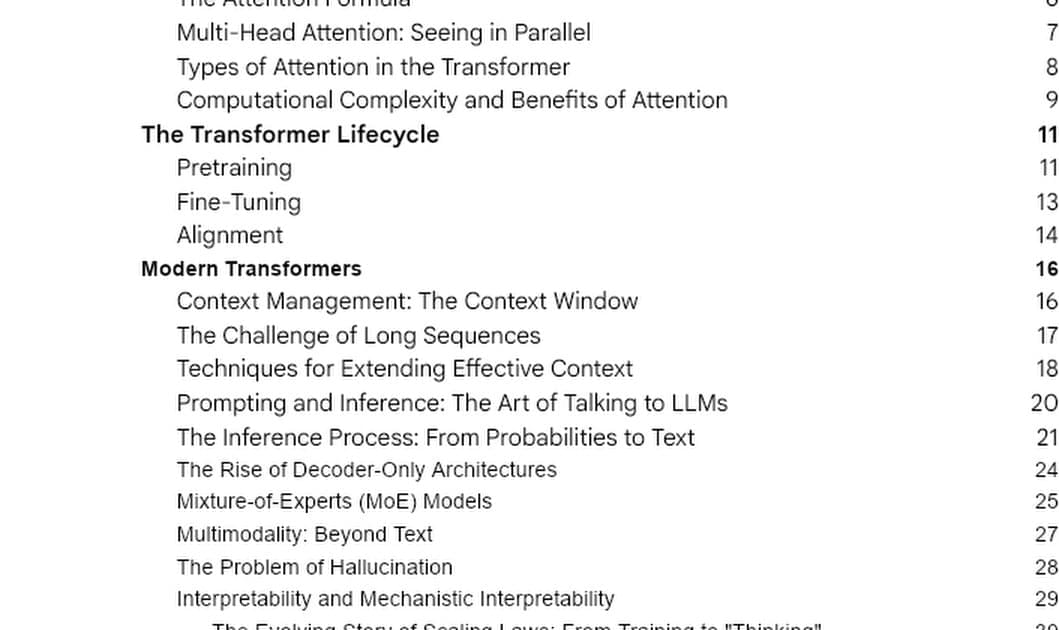A new supply chain attack on GitHub, dubbed ‘GhostAction,’ has compromised 3,325 secrets, including PyPI, npm, DockerHub, GitHub tokens, Cloudflare, and AWS keys.
The attack was discovered by GitGuardian researchers, who report that the first signs of compromise on one of the impacted projects, FastUUID, became evident on September 2, 2025.
The attack involved leveraging compromised maintainer accounts to perform commits that added a malicious GitHub Actions workflow file that triggers automatically on ‘push’ or manual dispatch.







